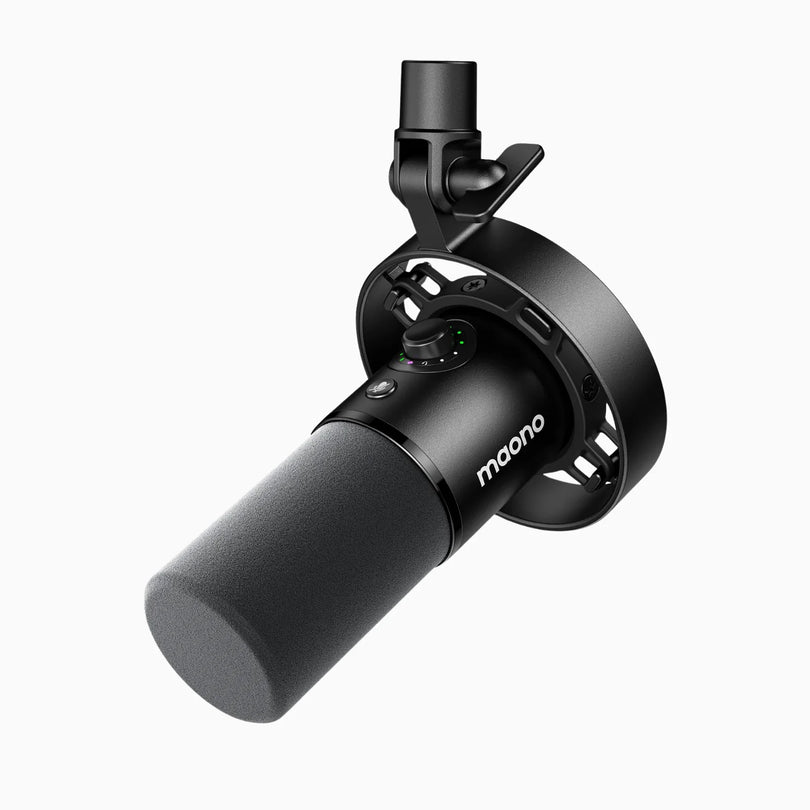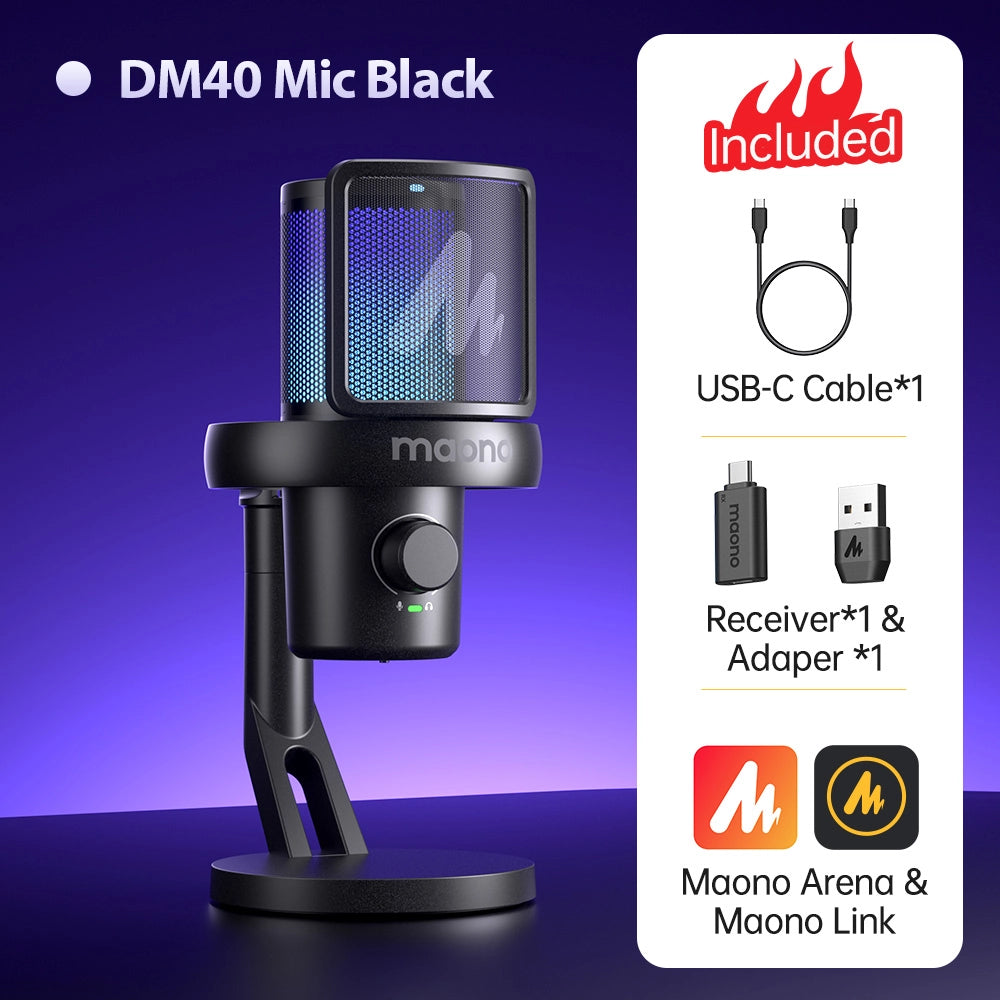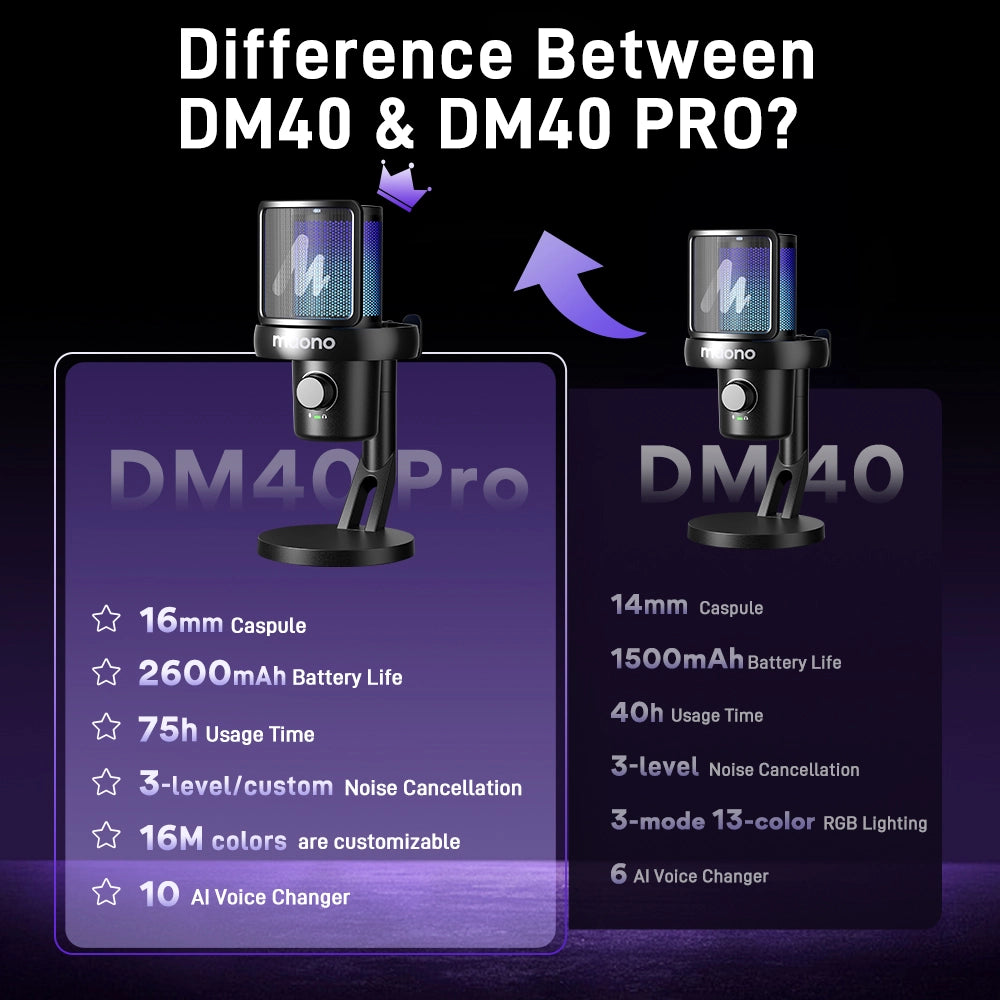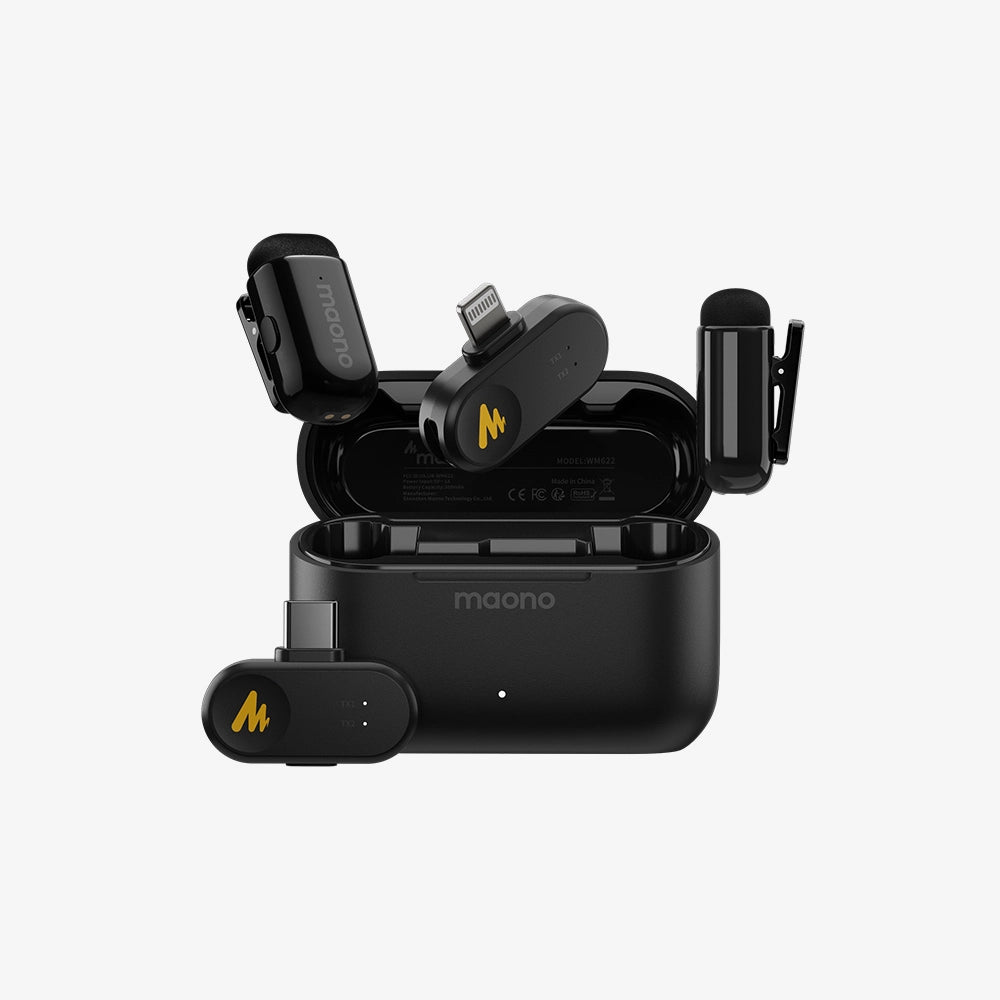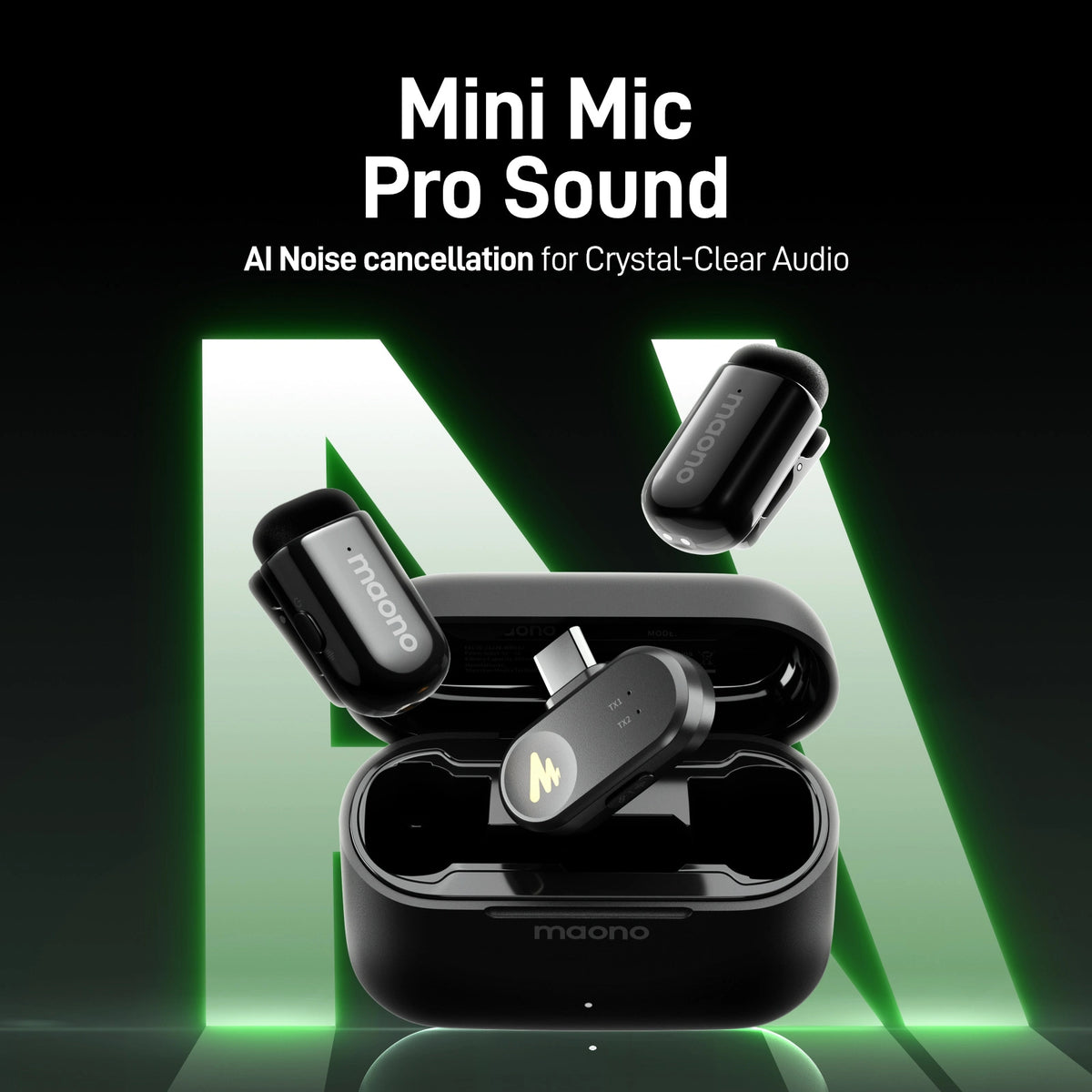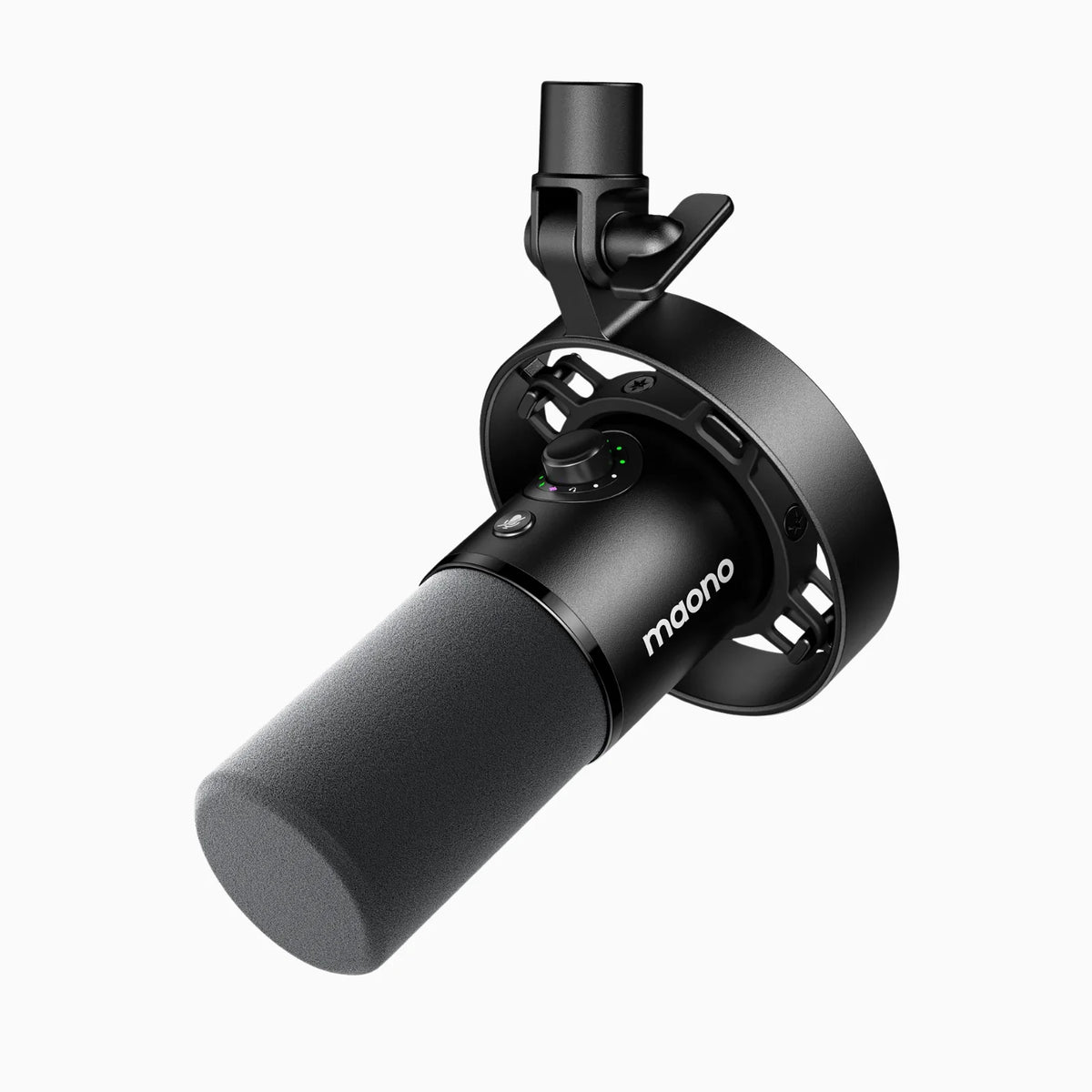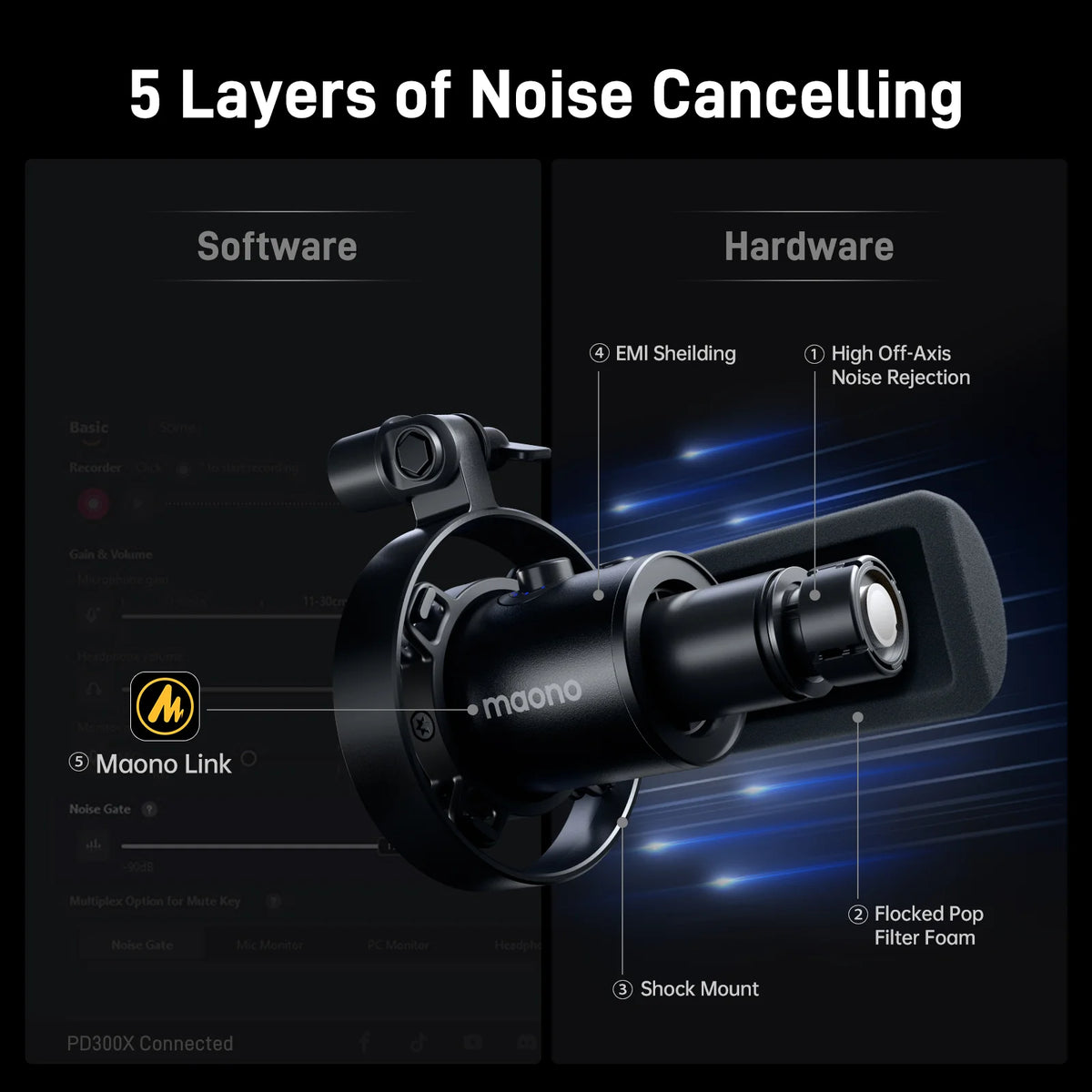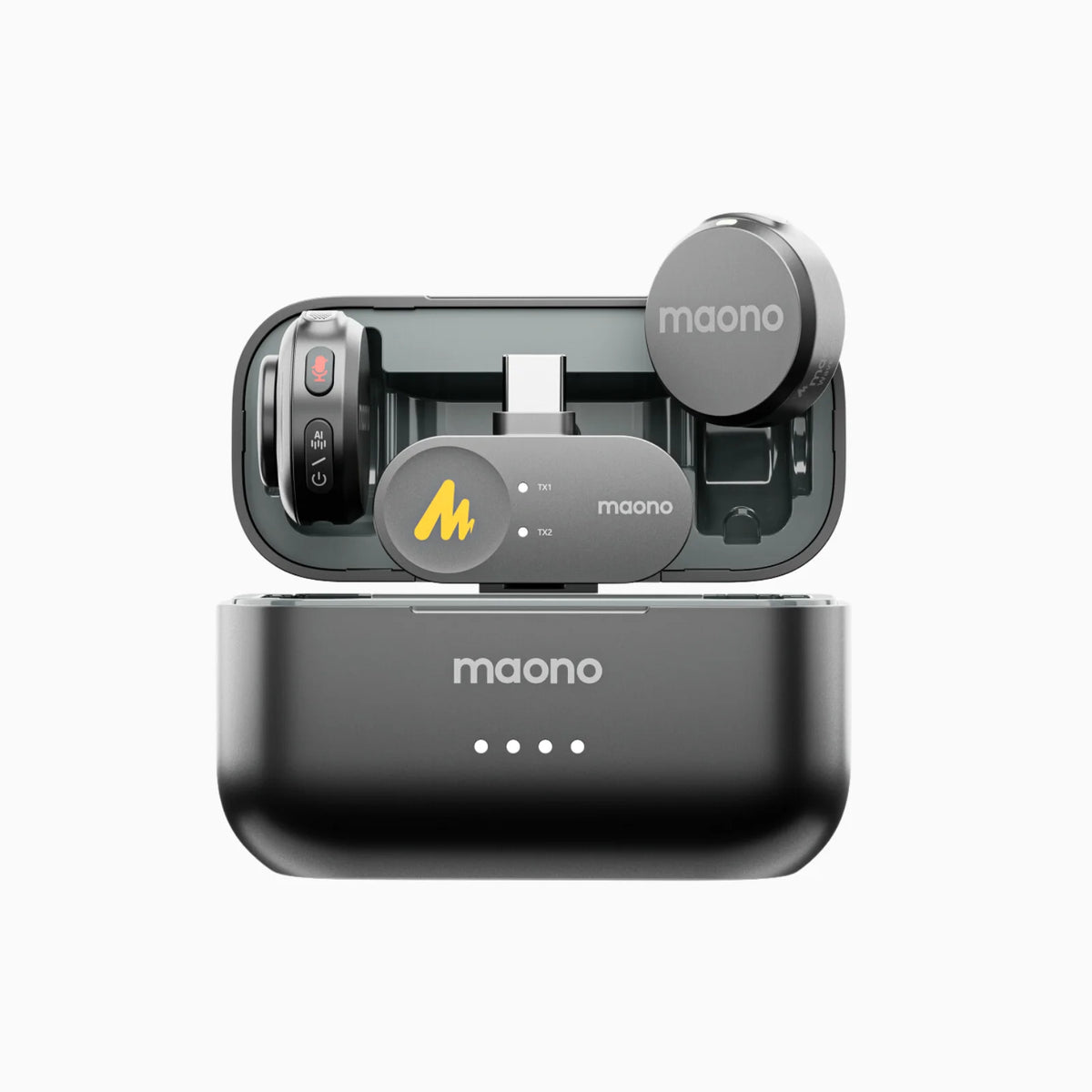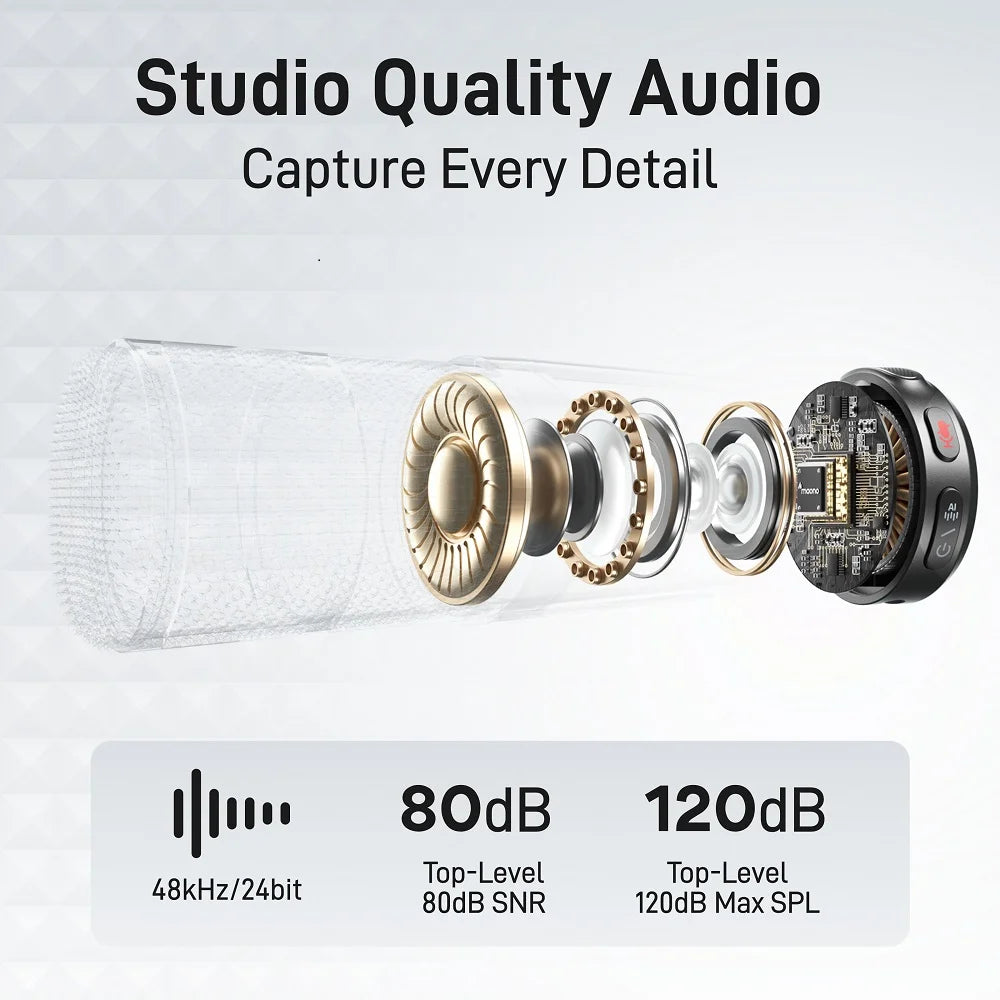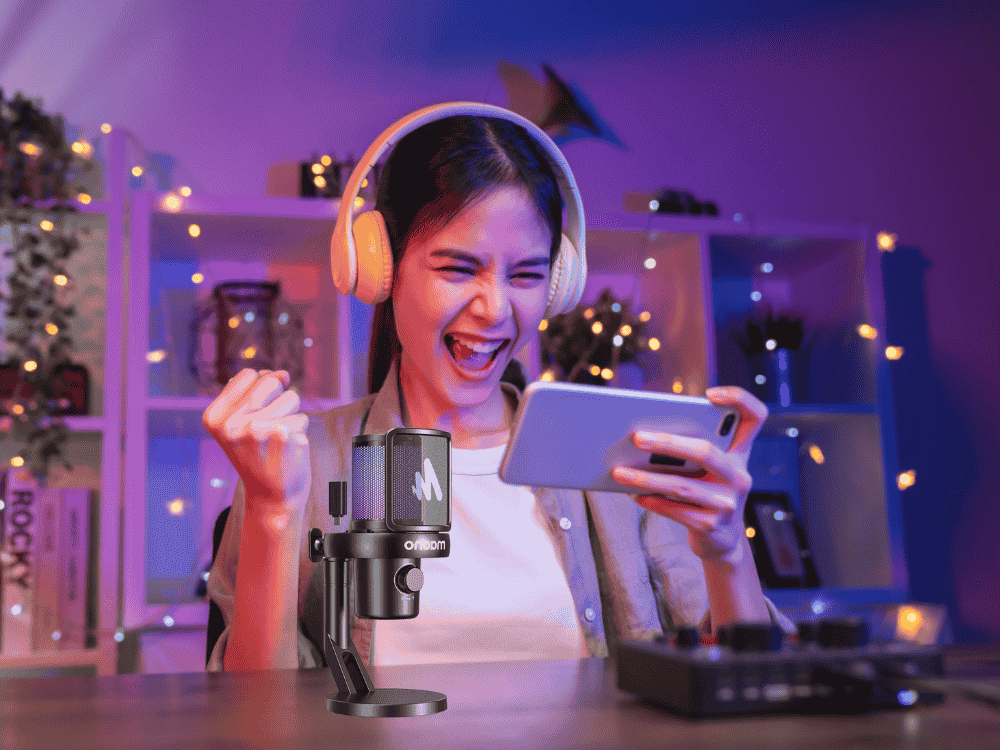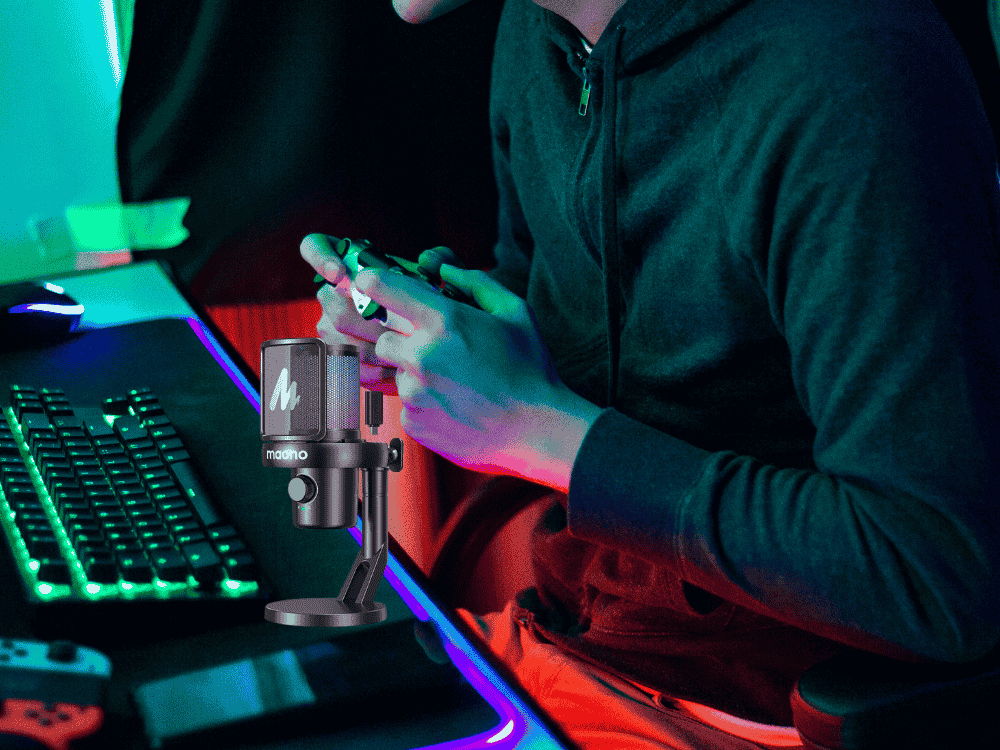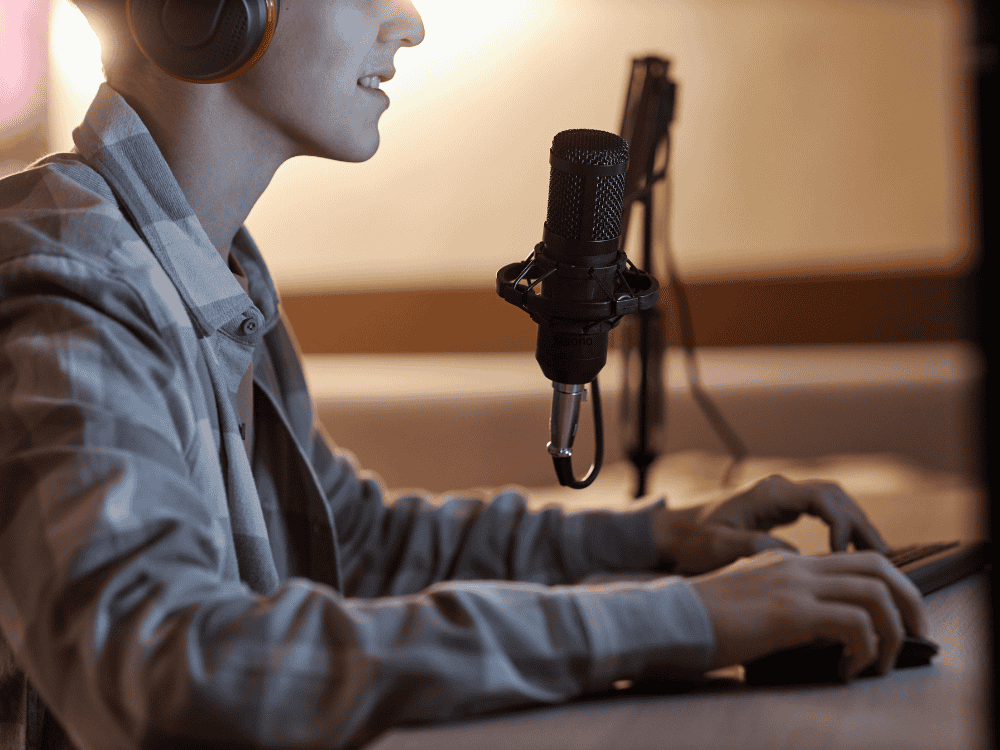Livestreaming has become a dominant force in the world of content creation, from gaming to educational sessions and brand promotions. However, achieving professional-quality broadcasts requires the right tools and techniques. Among these, audio equipment—specifically XLR microphones and audio mixers—plays a crucial role in enhancing your stream’s overall production quality. This guide will explore how XLR microphones and mixers can elevate your livestream, provide pro tips to make your content engaging, and help you avoid common streaming pitfalls.
The Importance of Using a Reliable XLR Microphone for Streaming
When it comes to creating an immersive livestream experience, clear and crisp audio is essential. Viewers are more likely to stay engaged with a stream that has high-quality audio because poor sound can distract them from the content and potentially cause them to leave. This is where XLR microphones shine. XLR microphones are the industry standard for high-quality sound production because of their robust build and superior audio performance.
Unlike USB microphones, XLR mics offer a more professional sound, and they connect to an audio interface or mixer, providing greater control over the sound. These microphones are highly durable, have excellent sound isolation, and are less likely to pick up unwanted noise from the surrounding environment. XLR microphones also typically feature a higher sensitivity range and better frequency response, capturing every detail of your voice or instruments, which is critical for clear audio in streaming.
- Recommended XLR microphone# 1: Maono PD100 - best XLR microphone for streaming
The Maono PD100 microphone is designed for content creators, offering exceptional sound clarity with a cardioid polar pattern that minimizes background noise. It features an XLR connection, it's easy to setup, making it ideal for streaming, podcasting, and voiceovers. Its durable build, high sensitivity, and wide frequency response ensure professional-grade audio quality. The mic's sleek design and affordability provide a balanced option for both beginners and experienced creators.

If you wish to use an audio interface, we recommend the Maono PD100X paired with the G1 Neo Audio mixer:
- Recommended XLR microphone# 2: Maono PD100X - best USB/XLR microphone for game streaming
The Maono PD100X is a versatile USB/XLR microphone designed for both beginners and professionals. It offers high-quality sound with a cardioid polar pattern that reduces background noise. Its dual connectivity (USB and XLR) allows for flexibility in setup, whether directly connecting to a PC or using an audio interface. The microphone is built for durability, has excellent noise rejection, and provides a clear, detailed audio capture, making it perfect for streaming, podcasting, and content creation.

The Benefits of Using a Mixer When Livestreaming
While an XLR microphone is an excellent choice for achieving high-quality sound, combining it with an audio mixer for PC can truly take your audio quality to the next level. A mixer allows you to control multiple audio sources, adjust sound levels, and fine-tune your stream's audio to perfection. Whether you're using background music, sound effects, or multiple microphones for guest speakers or co-streamers, a mixer enables you to manage everything seamlessly.
A good audio mixer gives you more flexibility in balancing sound levels and applying audio effects, such as compression or equalization, to ensure your voice remains clear, dynamic, and balanced. With the right mixer, you can also reduce issues like clipping (distortion caused by high audio levels) and prevent undesirable background noise from interrupting your stream. If you’re looking for convenience and additional sound control, consider integrating audio mixer software into your setup for virtual mixing capabilities, allowing you to make live adjustments with greater precision.
How to Make One's Livestream More Entertaining and Engaging
Engaging your audience is at the heart of successful livestreaming. Audio and video quality play a significant role, but content is what keeps viewers coming back. Here are a few tips for making your stream more engaging:
- Interactive Elements: Incorporate audience interaction into your stream. This can be through live chat, responding to comments, or even allowing the audience to make decisions, like picking the next game to play or a challenge to complete.
- On-Screen Visuals and Overlays: Use overlays, alerts, and animated transitions to keep the stream visually dynamic and interesting. Graphics such as webcam borders, donation notifications, or chat boxes can add personality and engagement to the broadcast.
- Audio Feedback: Use music or sound effects to punctuate key moments in your stream. However, ensure the audio levels are balanced so that the music doesn’t overpower your voice.
- Personality and Humor: Let your personality shine. Engaging with your audience in a fun, entertaining way will make your streams more memorable. Incorporate humor, storytelling, and spontaneous reactions to create a lively atmosphere.
How to Improve the Quality of Stream’s Audio and Video
The key to a professional-quality stream lies in both audio and video optimization. Here are some tips to improve both:
-
Audio Quality:
- Use an XLR Microphone: As discussed, an XLR mic delivers superior audio clarity and fidelity, which can drastically improve your stream's sound.
- Optimize Room Acoustics: Ensure you're recording in a sound-treated room to minimize echoes, reverb, and background noise. You can use foam panels or soundproofing materials to help with this.
- Invest in a Mixer: A good mixer, whether physical or integrated will allow you to control your audio inputs and balance the levels of your mic, background music, and sound effects, ensuring a more polished audio experience.
- Apply Audio Processing: Use EQ (equalization) to enhance your voice’s frequency response, compress your audio to smooth out volume levels, and apply noise gates to eliminate background hum or static.
-
Video Quality:
- Use a High-Quality Camera: A 1080p or 4K webcam or DSLR camera is essential for clear, sharp video. Good lighting is just as crucial; ensure your face is well-lit and avoid shadows.
- Proper Lighting Setup: Invest in softbox lights, ring lights, or LED panels to illuminate your face evenly. This can greatly enhance the visual quality of your stream.
- Background Setup: A clean, uncluttered background or a well-designed backdrop adds a professional touch to your stream. You can also use virtual backgrounds or green screens to add an extra layer of creativity.
Streaming Tips for Beginners and Avoiding Common Mistakes
If you’re just getting started with livestreaming, it’s easy to overlook a few critical aspects of your setup. Here are some common mistakes to avoid:
- Neglecting Audio Setup
Many beginner streamers focus primarily on video, but poor audio quality can be a major turn-off for viewers. Always prioritize audio and make sure your microphone is positioned correctly.
- Overcomplicating Equipment
While it’s tempting to use a ton of gear, starting simple can save you headaches. An XLR mic, basic mixer, and a webcam might be all you need to get started with great results.
- Not Testing Your Equipment
Always test your equipment before going live. This includes checking microphone levels, audio sync, video resolution, and internet connectivity.
- Ignoring Viewership Feedback
Pay attention to your audience’s feedback, particularly about stream quality. If people mention that your audio is too quiet or your video is lagging, make adjustments accordingly.
- Forgetting to Have Fun
Livestreaming should be enjoyable! Don’t stress too much over perfecting everything. Viewers appreciate authenticity, so don’t be afraid to let your personality shine through.
How to Choose an Audio Mixer
When selecting an audio mixer for livestreaming, there are several factors to consider:
- Channel Count: Consider how many audio sources you plan to manage. If you’re only streaming solo, a 2-4 channel mixer might be sufficient. However, if you plan on having multiple guests or music, you’ll need more channels.
- Connectivity: Check for compatibility with your microphone and other devices. Some mixers come with USB outputs, while others require a separate interface. Ensure the mixer fits your streaming setup.
- Sound Control Features: Look for mixers that offer key features such as EQ, compression, and noise gates. These tools will help you fine-tune your sound for a professional-grade stream.
Do I Need an Analog or Digital Mixer?
Analog mixers are straightforward and simple, often offering fewer features but at a more affordable price. Digital mixers, on the other hand, provide advanced control and additional features, such as remote control via apps and deeper sound editing capabilities. For beginner streamers, an analog mixer may suffice, but if you want more control over your sound, a digital mixer is the way to go.
If you’re serious about your stream’s audio quality and need a more versatile solution, look into the best audio interface for streaming. An interface will allow you to connect your XLR mic to your PC or mixer and ensure a clean, crisp audio signal that enhances your stream’s production value.
Check out Maonocaster G1 Neo - the best audio interface for streaming in 2024:
It's a versatile audio mixer/interface designed for streamers, featuring multiple audio input options, customizable sound effects, and real-time voice modulation. It offers a user-friendly interface with easy-to-adjust controls, making it ideal for game streaming, podcasting, and live broadcasts. The benefits of using this audio mixer include high-quality sound output, low-latency performance, and integration with a range of devices, from microphones to gaming consoles. The mixer also supports seamless streaming with additional audio tools like voice enhancement and noise cancellation.

How Many Channels Do I Need for Just Game Streaming?
If you're streaming solo or just playing games with a single microphone and background music, a 2-4 channel mixer should be more than enough. For a solo setup, you typically need one channel for your microphone and additional channels for background music or game audio. If you have multiple guests or plan to incorporate complex sound effects, consider a mixer with more channels.
What is Tuning in Audio Mixing?
Tuning refers to adjusting the sound of your audio to achieve the desired effect. This could involve fine-tuning the EQ to enhance certain frequencies in your voice or adjusting levels to ensure your sound doesn’t peak or distort. Tuning allows you to create a more professional-sounding stream.
Why is Tuning Important in Audio Mixing?
Tuning is crucial because it ensures that your audio is clear, balanced, and engaging. Without tuning, your stream may sound muddy, tinny, or overly harsh. Proper tuning helps your voice stand out, making it more comfortable for your audience to listen to for extended periods.
How to Prevent Stream Delays and Buffering Issues?
Stream delays and buffering can detract from the viewing experience. Here are some tips to minimize these issues:
- Ensure Stable Internet Connection: Use a wired Ethernet connection instead of Wi-Fi to reduce latency and buffering.
- Adjust Bitrate and Resolution: Lower your stream’s bitrate if you’re experiencing buffering or lag. You can always increase it later when your setup can handle it.
- Use a Dedicated Streaming Service: Choose a reputable streaming platform with minimal delay and buffering issues, such as Twitch or YouTube.
What Kind of Overlays and Graphics Do Streamers Use to Make Their Streams Look Professional?
Streamers use overlays and graphics to add personality and professionalism to their streams. Common graphics include:
- Webcam Borders: Frames around the webcam feed to create a polished look.
- Alerts and Notifications: Visual alerts for followers, donations, or subscribers.
- Transition Animations: Animated transitions between scenes or scenes within the stream.
- Branded Graphics: Logos, banners, and animations that match your brand identity.
FAQs
1. For beginners: Are there any specific audio settings or features you frequently adjust on your mixer?
Yes, beginners often adjust the gain levels, EQ settings, and compression to ensure the voice is clear and balanced without clipping or distortion.
2. Can a Maono XLR microphone be used in live situations? How does sit perform?
Yes, the Maono XLR microphone can be used in live situations. It provides clear, balanced audio suitable for most live streaming applications, making it a solid choice for both beginners and experienced streamers.
3. What's the budget when purchasing a Maono mixer? Do you feel it provides good value?
Maono mixers are affordable, typically ranging between $50 and $200, depending on the model and features. They offer great value, especially for beginners or streamers on a budget.
Conclusion
Maximizing your livestreaming potential involves choosing the right equipment and utilizing the right techniques to create an engaging and professional broadcast. By investing in an XLR microphone, pairing it with an audio mixer for PC, and applying the tips and tricks outlined above, you’ll be able to enhance the quality of your stream, engage your audience, and avoid common pitfalls. Whether you’re just starting out or looking to refine your stream, these tools–including the best audio interface for streaming or the best audio interface in 2024 you choose–will set you up for success.
Also Read:
Your Guide to audio Interface: Use Cases, Brands & Tips for Users




